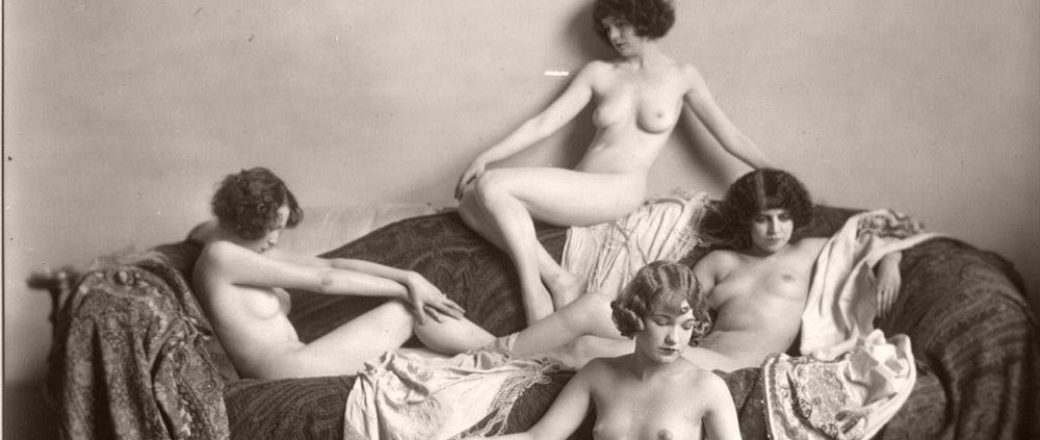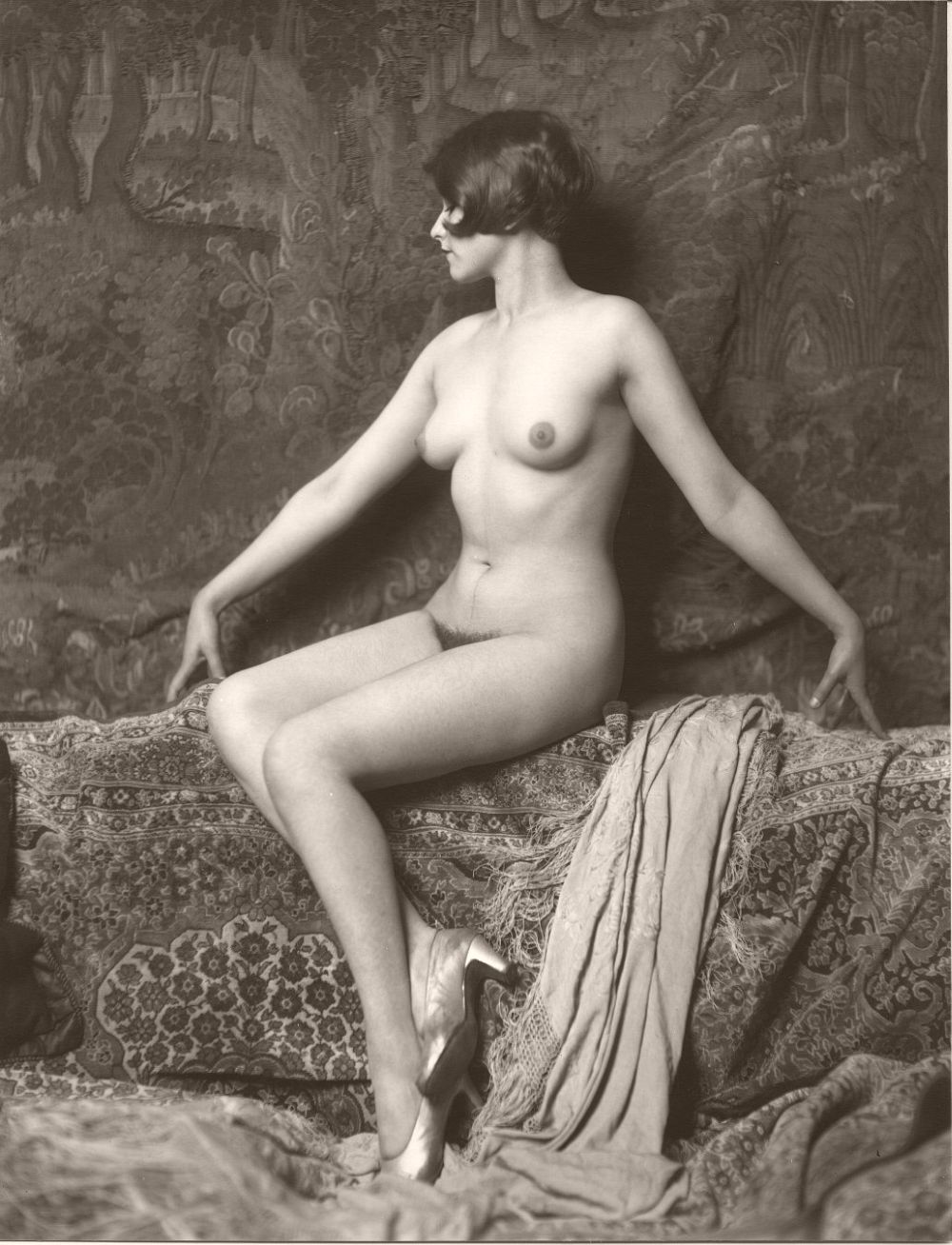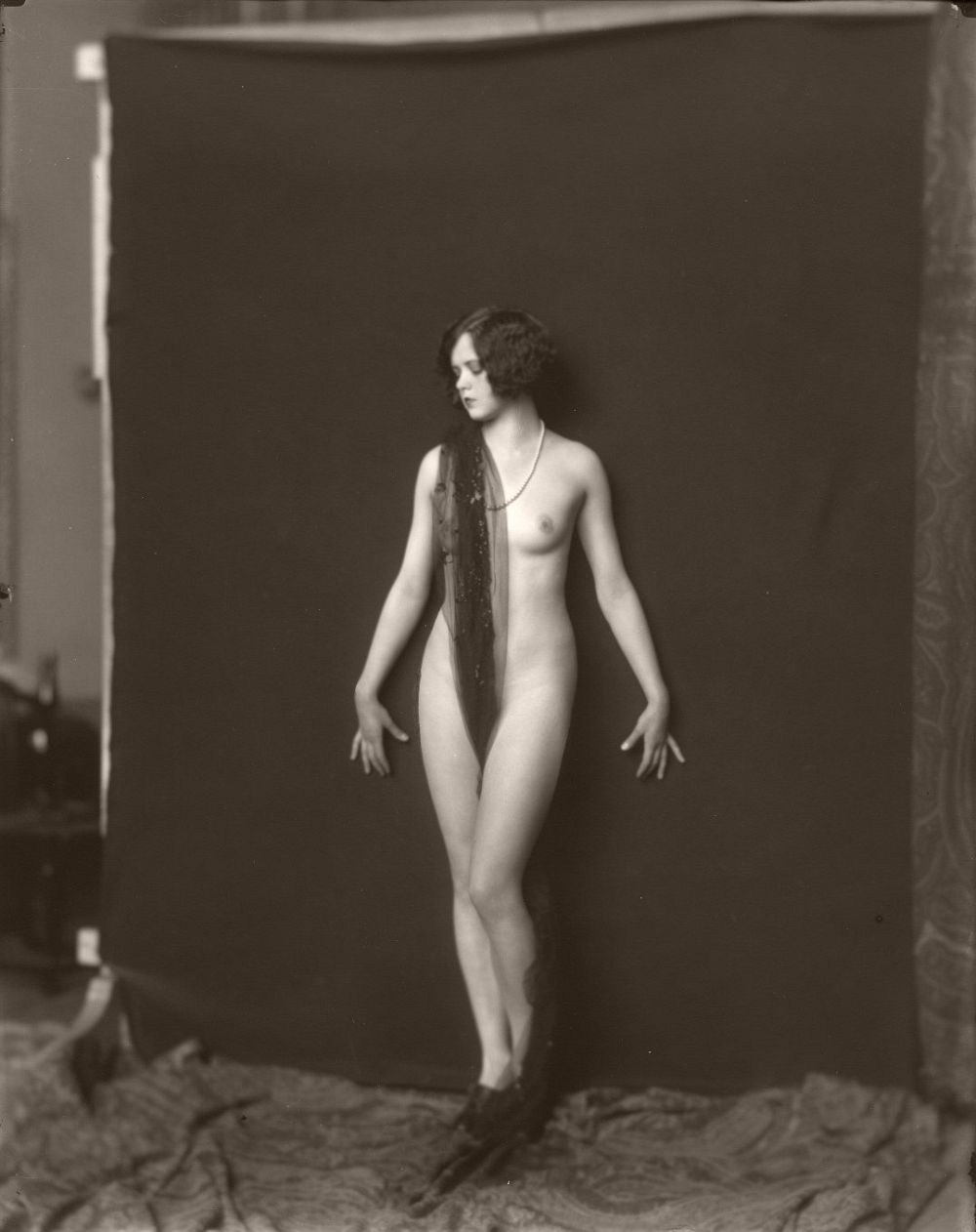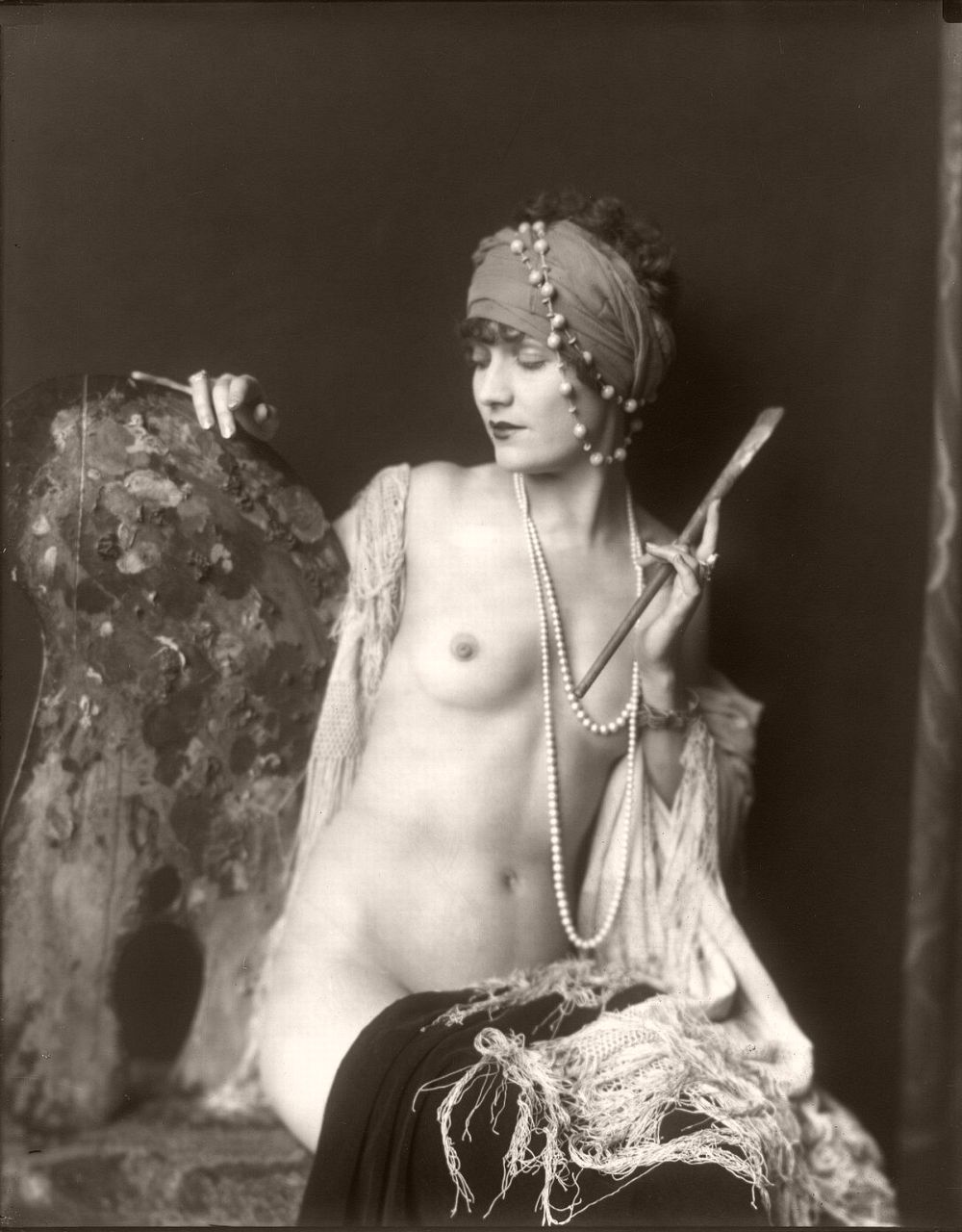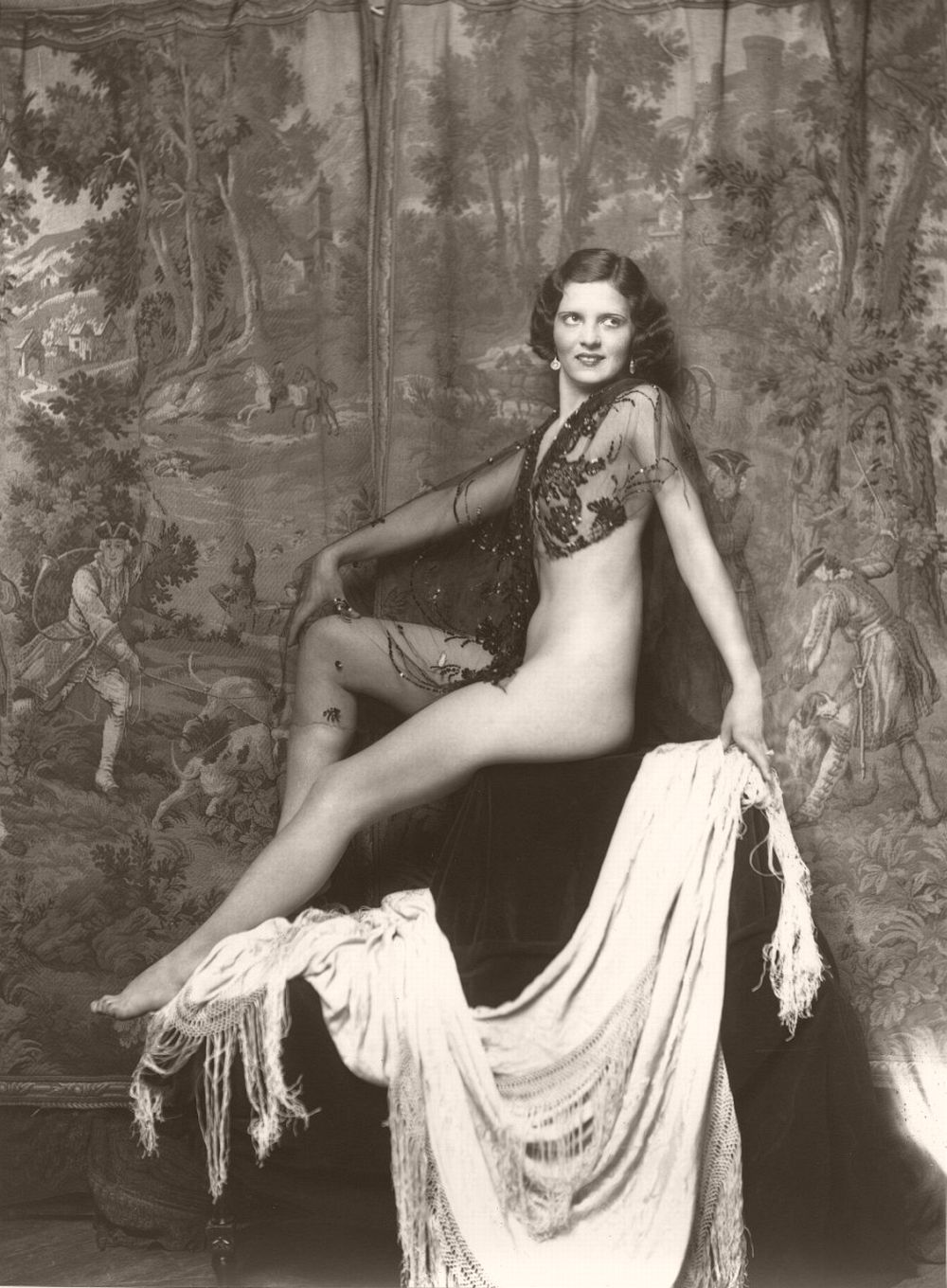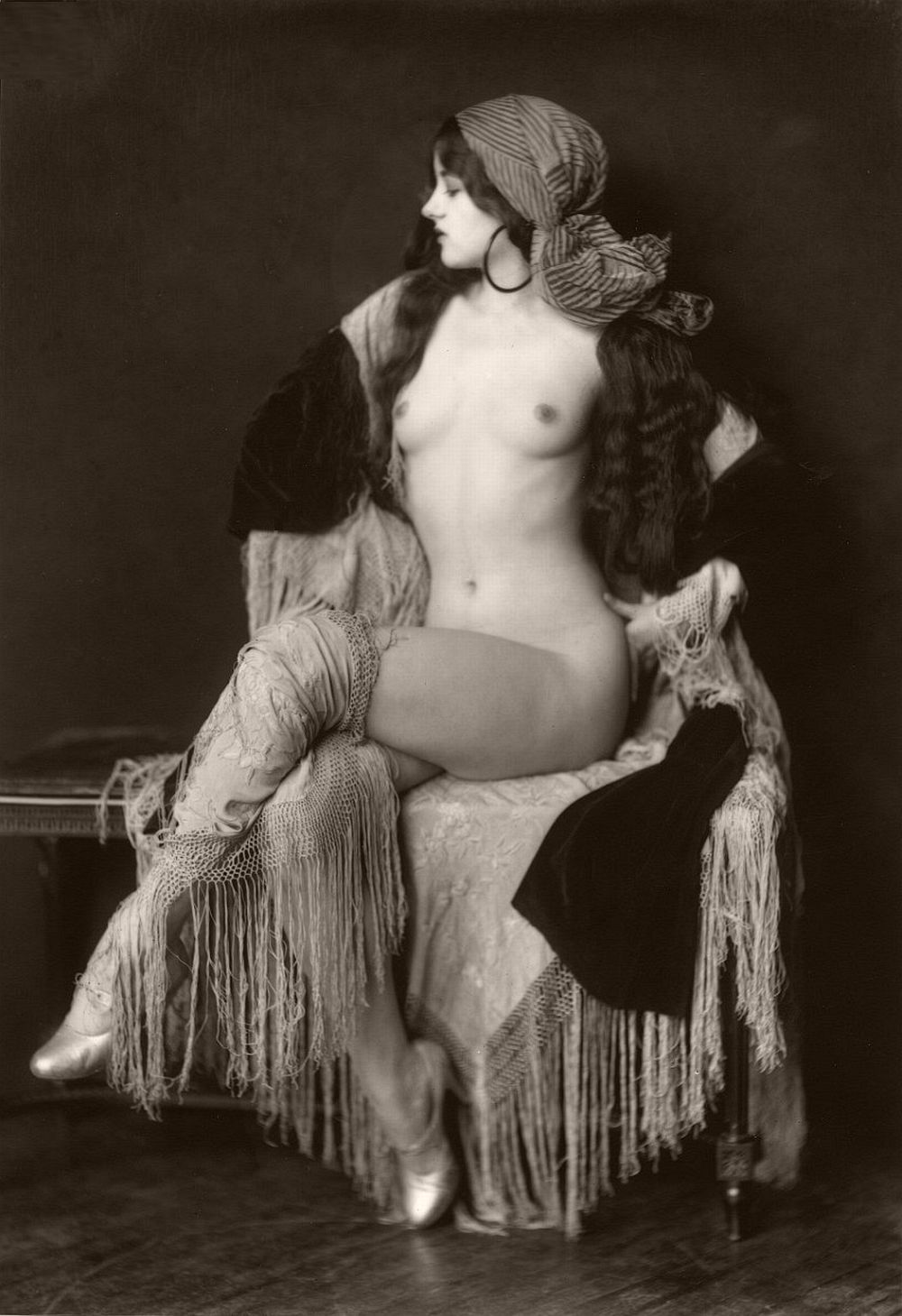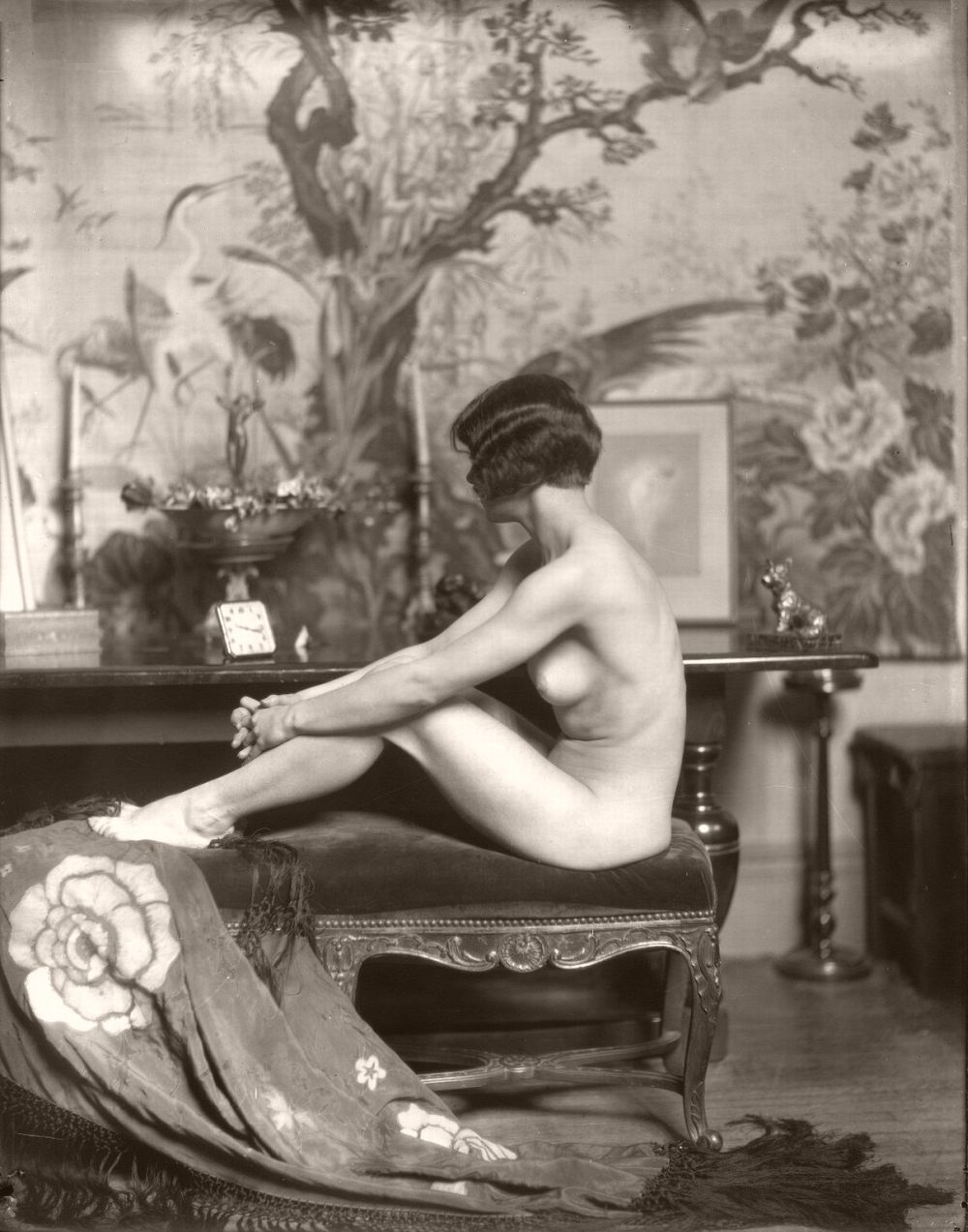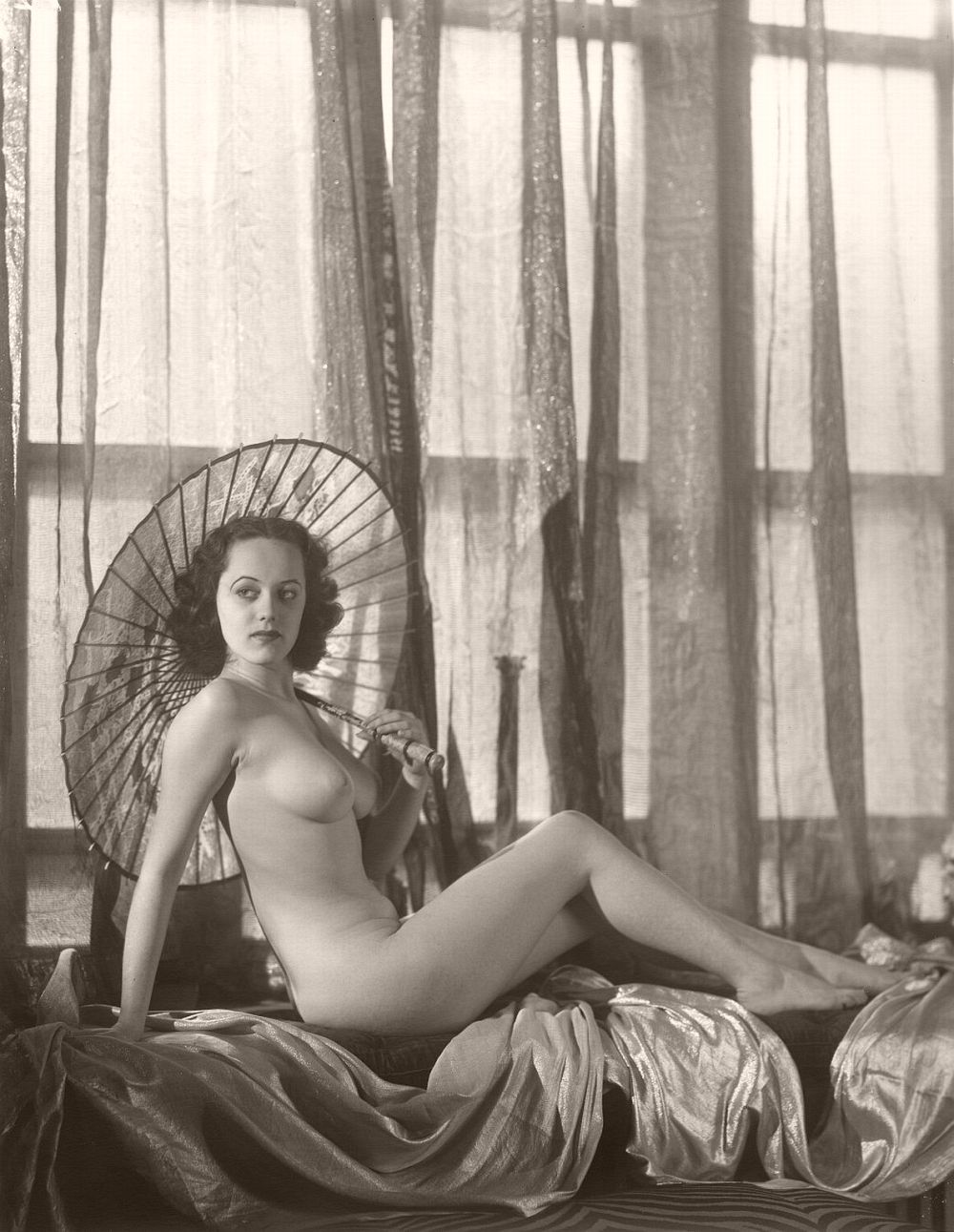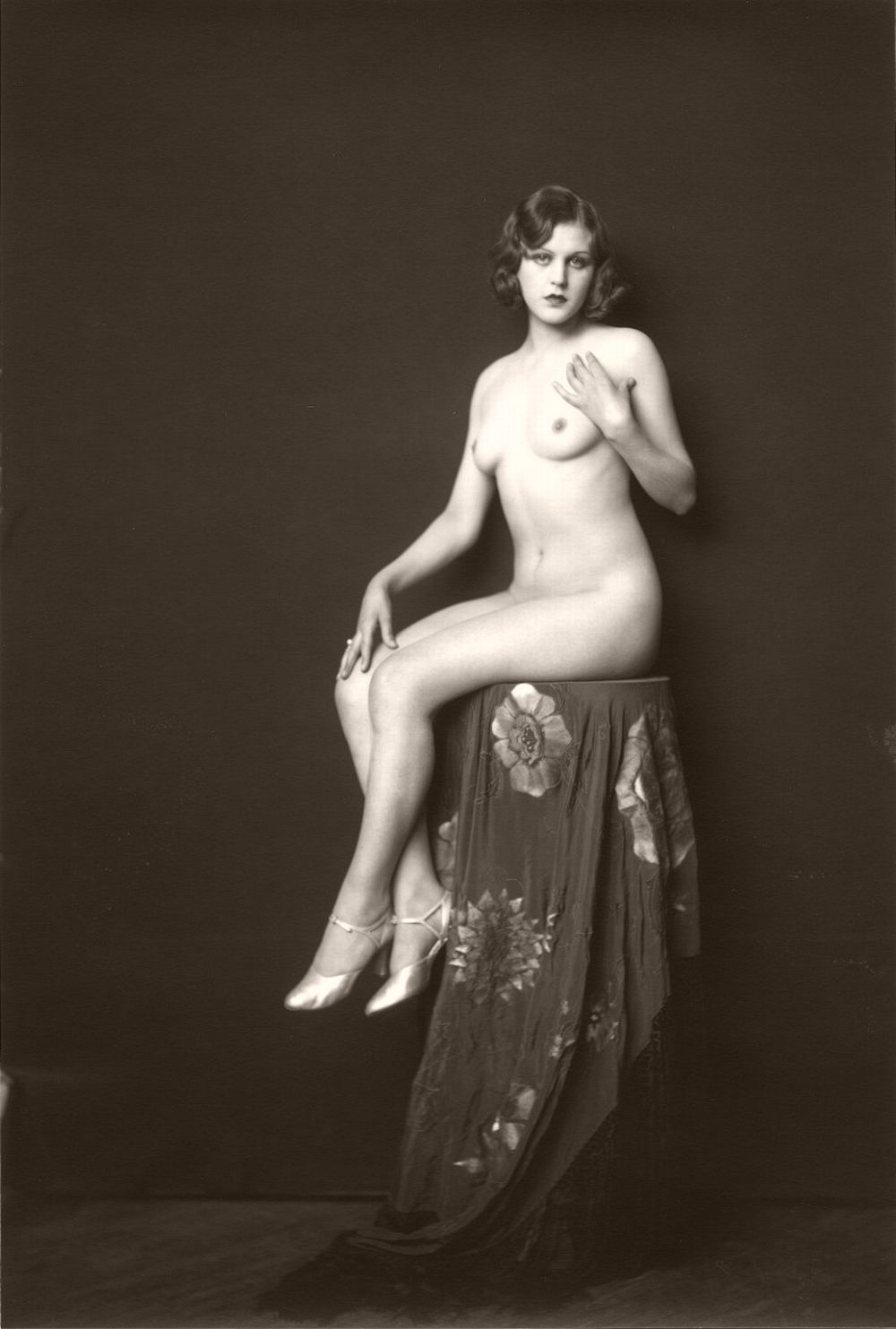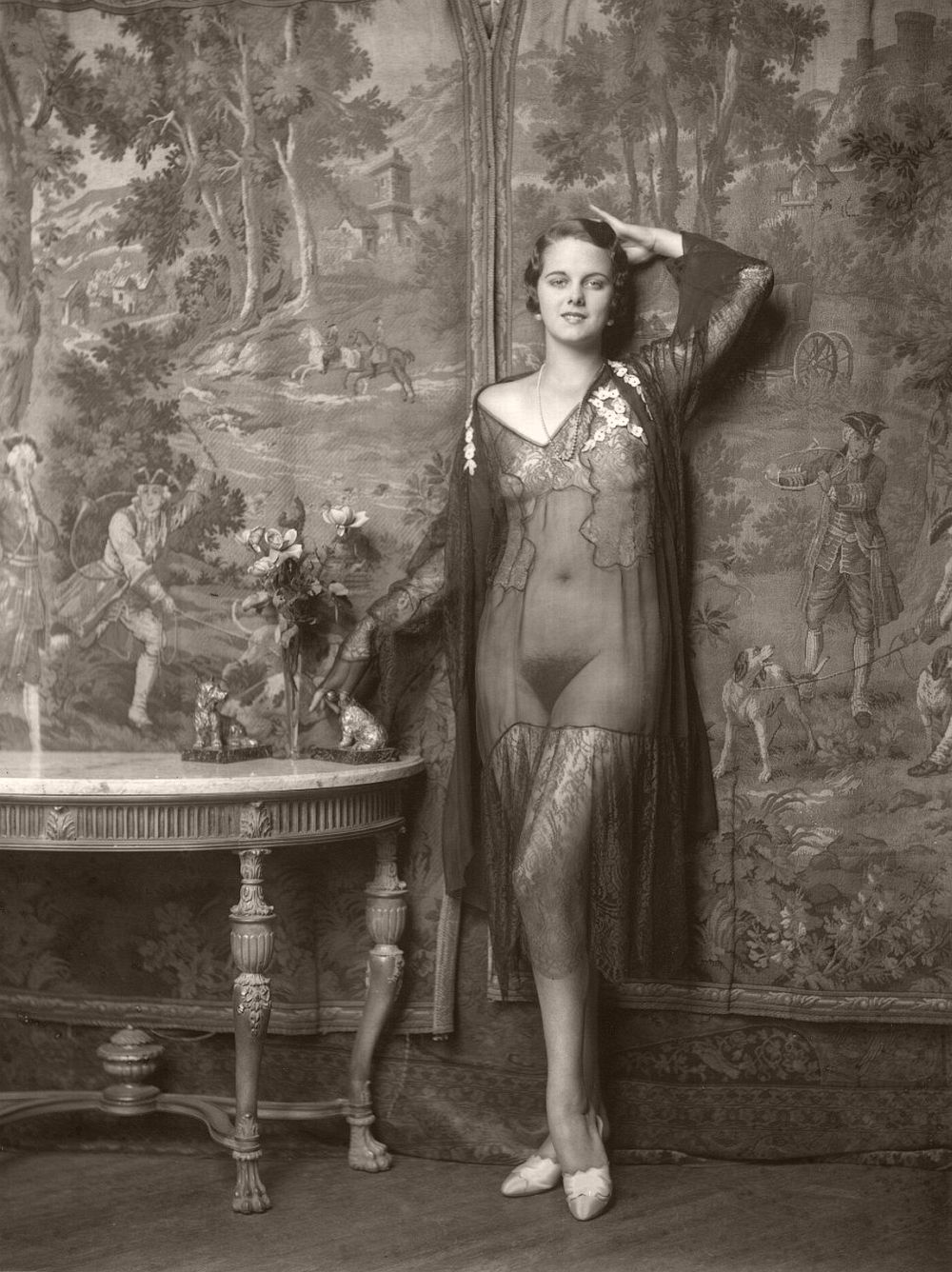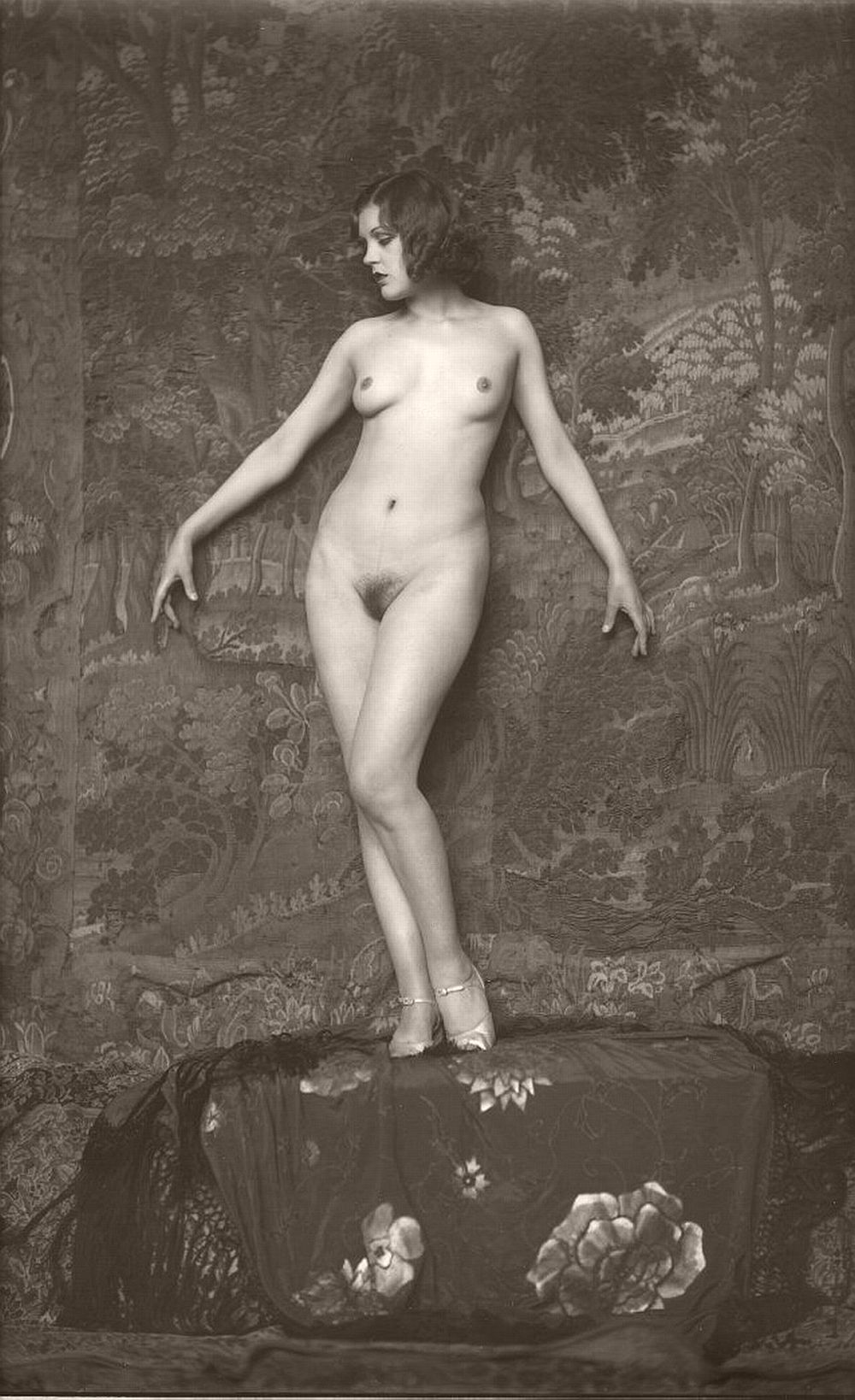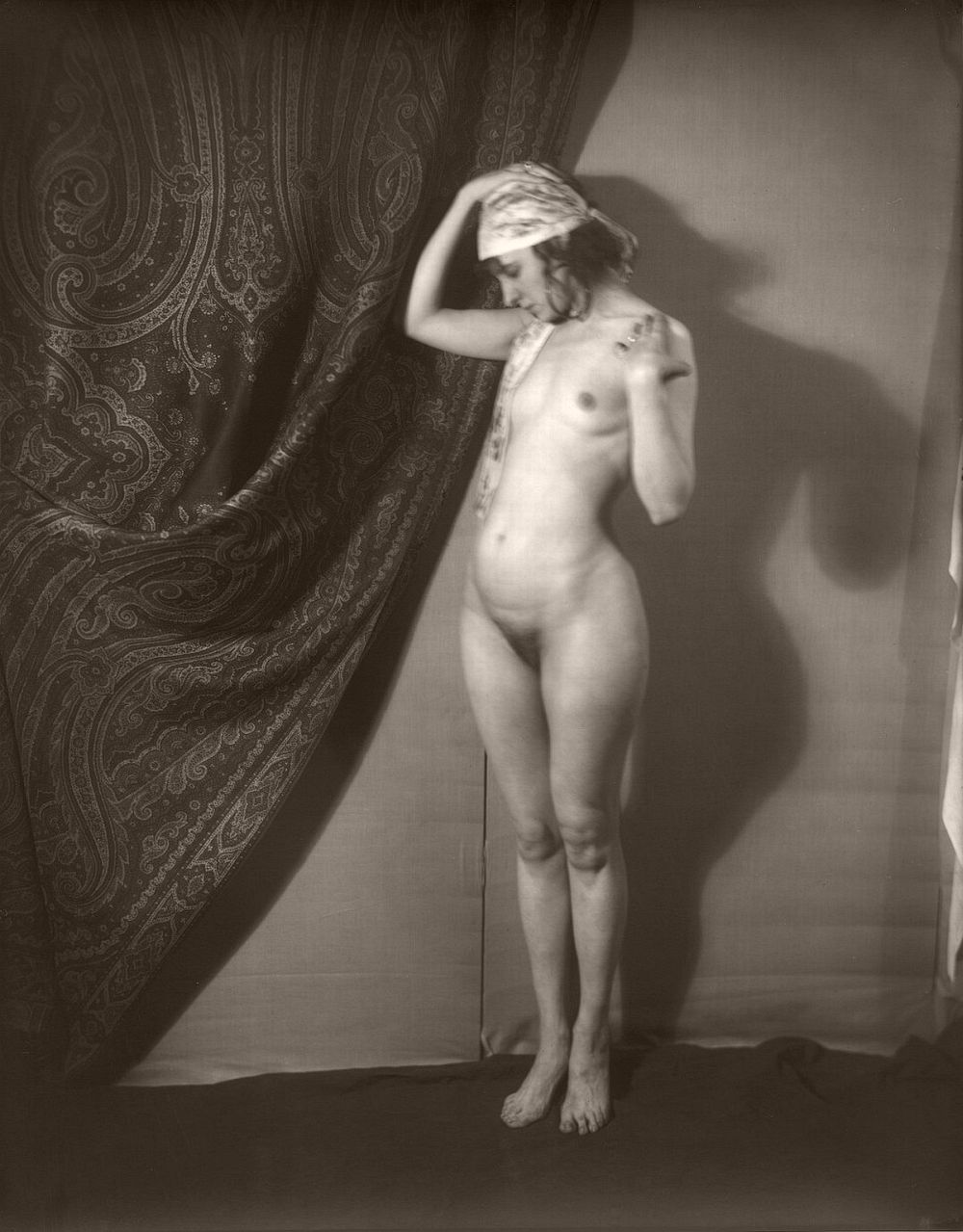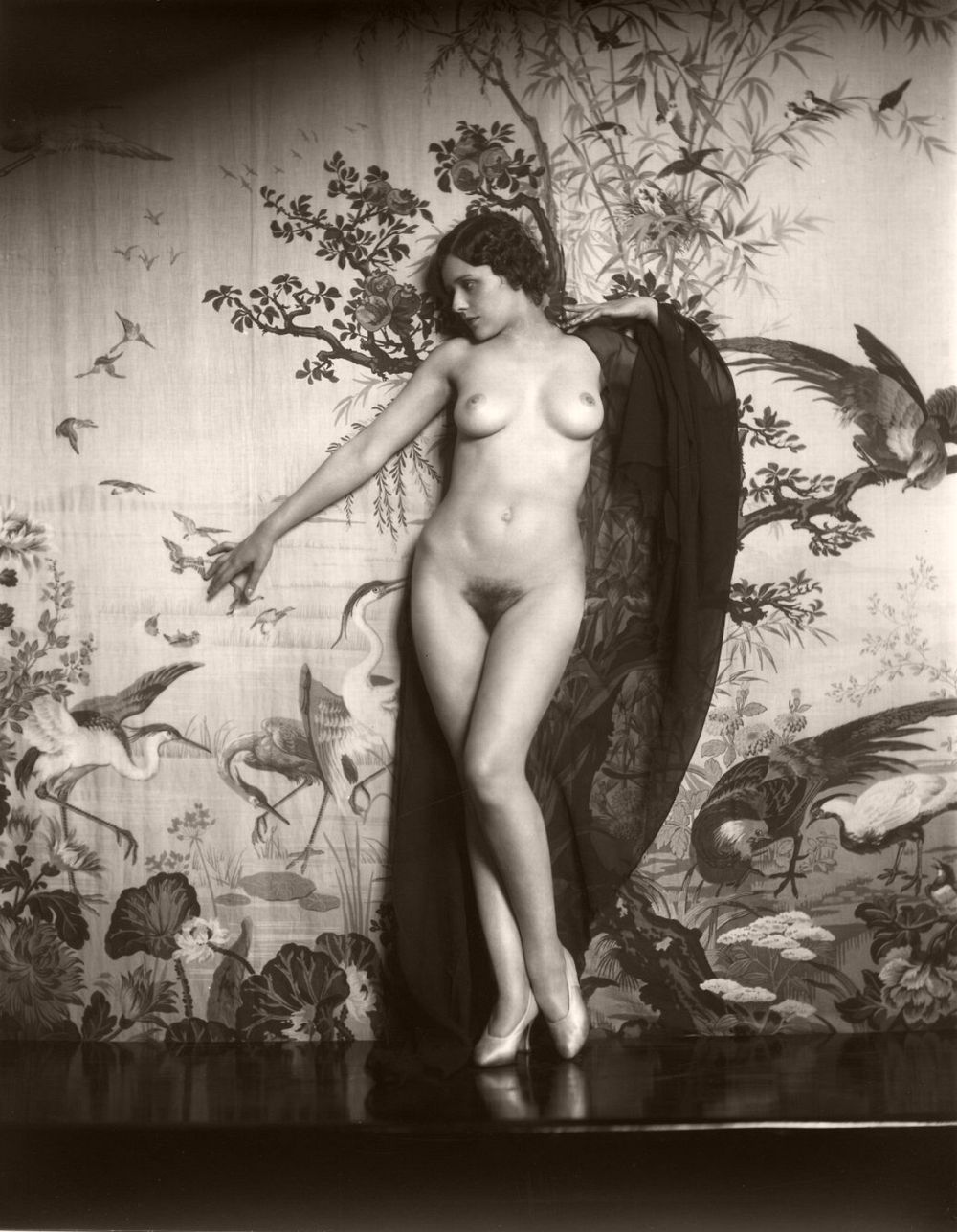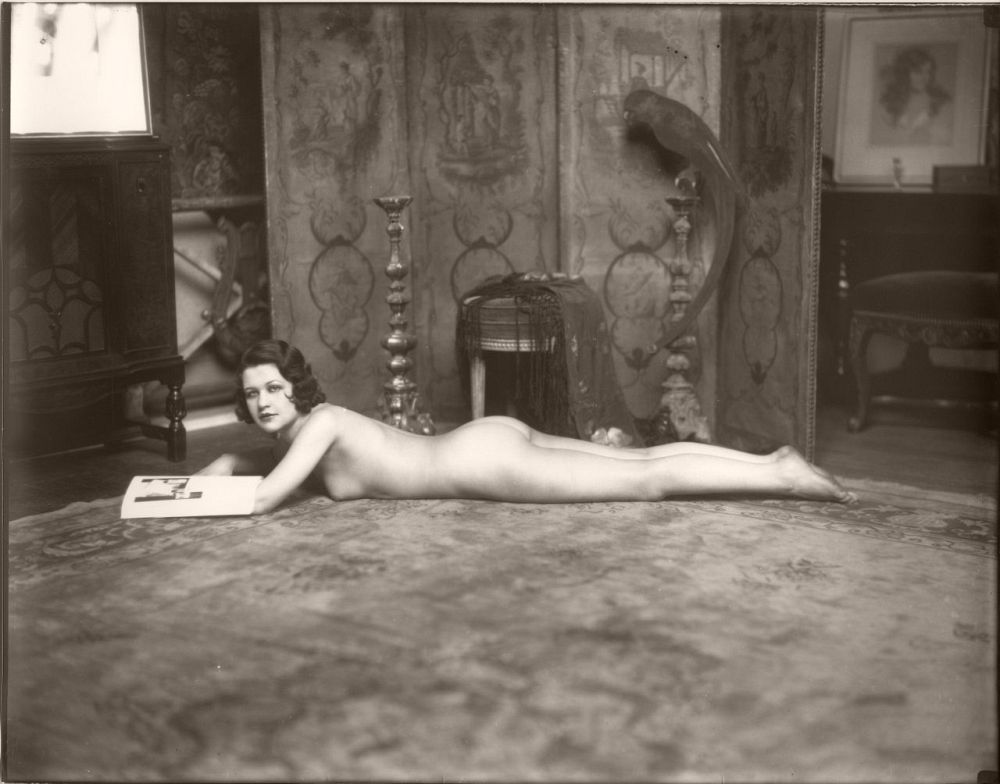Alfred Cheney Johnston (1885–1971) was born in New York City, and at the age of 18 he enrolled at The Art Students League of New York, later transferring to the National Academy of Design in New York City where he studied to be an illustrator. The required drawing and painting classes from the Academy’s rigorous training program would prove to have a significant influence on his later photography.
Cheney started experimenting with photography by taking portraits of friends and fellow students attending his art classes. At this time portrait artists were making a good living and it’s likely that his mentor (Charles Dana Gibson; creator of the “Gibson Girl”, an American icon of the late nineteenth and early twentieth century) advised him that there was a good living to be made specializing in photographic portraiture. He applied the knowledge and principles he’d absorbed from his painting classes to his portrait photography, and throughout his life many would compare his photographic technique to that of fine art painting.
Around 1916 Cheney’s photography was brought to the attention of Florenz Ziegfeld: after seeing examples of his portrait photography, Ziegfeld invited the young Johnston to become official photographer for the Follies. Cheney stipulated that his name be included as a byline below every one of his photographs, which proved to be an excellent business move as the photos quickly became popular and the byline brought him significant exposure for film companies and advertising agencies.
Ziegfeld promoted his shows as “Glorifying the American Girl” and it was Johnston’s job to capture Ziegfeld’s vision on film. Cheney’s portraits of Ziegfeld’s girls became world famous: like the “Gibson Girl”, he went on to create the “Ziegfeld Girl” which became the next standard of beauty for a new generation of Americans.
His nude photography redefined the genre, creating a refined visual erotic differing from the vulgar French postcard and the misty nude dancers of pictorial photography. His late book, Enchanting Beauty, marked a departure from his early work, manifesting the surrealism and visual wit of Manasee studio in Vienna, and presenting visual homages to the nude styles of E. B. Hesser and Nickolas Muray. Cheney’s approach to his photographic work was painterly. Indeed, in a significant number of his portrait and erotic images he painted backgrounds directly on the negative. What appears to be as painted backdrop or patterned wall is a semi-abstract impression hand rendered on the glass or film.
Cheney had a very lucrative career with the Follies until the stock market crash of 1929. The Follies were hit hard: Ziegfeld lost all of his money and died in 1932 as a result of the strain. Cheney continued to work commercially in NYC, but with the loss of the Follies account it seemed as though h had lost his identity.
In 1930, Cheney became associated with Broadway producer-director Alexander Leftwich, serving on his production team as art director for the musicals “Dollars Up” and “Daisies Won’t Tell” which he co-produced. Daisies flopped in January 1931 during its out of town try-out in Philadelphia, but would eventually transmute into the 1937 musical “Orchids Preferred”. Johnston incorporated himself on December 3, 1931 and began the direct sales of his nudes to the public, broadened his commerical work, and provided lighting design both credited [“Sea Legs”] and uncredited for several Broadway productions.

